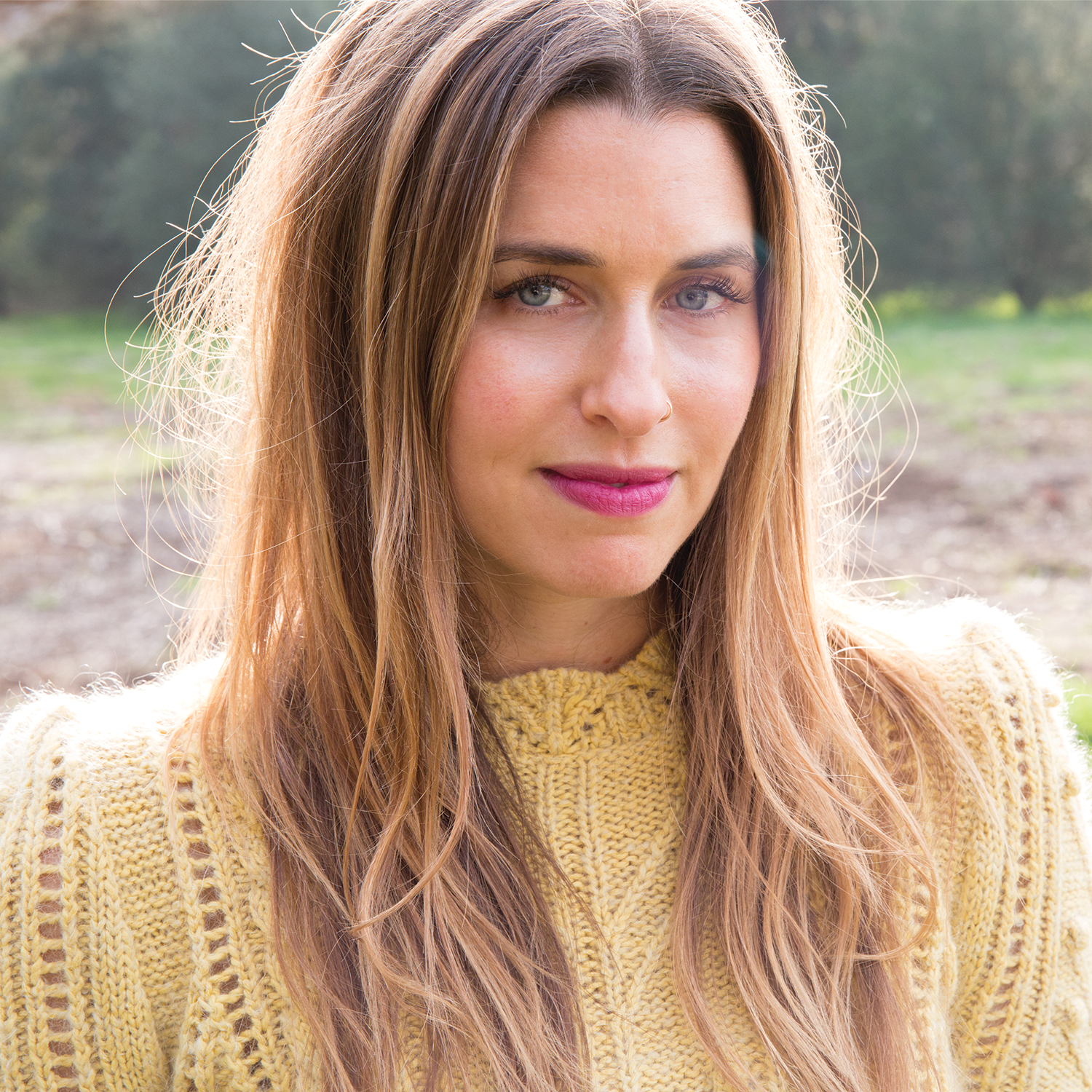The Many Benefits of a Nutritional Detox Why cleansing your system is the fastest route to overall health
Why cleansing your system is the fastest route to overall health.
We all know that healthy eating is a cornerstone of a thriving life. But doing a detox (not to be confused with its less intense yet more popular cousin, cleanse), takes your nutrition to the next level. For instance, detoxing helps eliminate toxins, increase energy, promote weight loss and clear up skin. Some of the more purifying detox options include water, herbs or even enemas. On the other hand, gentler alternatives like soups and juices remain popular for their level of ease. But whole food programs (meaning, stuff you can chew!) allow for a higher level of satiation and overall level of comfort. So, you don’t feel starved while trying to meet that work deadline.
Regardless of preference, it’s important to speak to your primary physician before embarking on any abrupt dietary change. We spoke to Functional Nutritionist, Margaret Floyd-Barry about why this form of reset is important to long-term health.
What is the goal of doing a detox?
The goal is very personal to the person doing the detox. For some people, it’s about getting back on track after over-indulging during the holidays. This is less of a detox and more of a reset type of program. For others, it’s about weight loss and kick-starting a better way of eating.
If you have deeper health challenges, it can also be a good way to cleanse the system of harmful toxins and chemicals found in our food. But—and this is very important—in cases like this, it needs to be done carefully and not as a first step. The benefits, when done correctly, are many. They range from weight loss, improved energy, clearer skin, better digestion, improved hormonal balance and better sleep. They can be very powerful tools when used properly.
What’s the harm in starting a detox too quickly?
What often happens is that people jump into a detox, which mobilizes phases one and two of the detox process. However, their elimination pathways are clogged up so the toxins have nowhere to go. This is actually dangerous, as those toxins were being held safely in—mostly in fats—to protect organs from damage from the toxins. Now, those toxins are out and about and can do some real damage.
What needs to happen is to stimulate this process in reverse. First, you need to ensure those detoxification pathways are working really well. And only then can you stimulate the other detox processes. If phase two isn’t working properly, then don’t stimulate phase one detox. If phase three isn’t working properly, don’t stimulate anything. Just get those elimination pathways open so that it CAN work properly.
What should people know when detoxing?
People need to know that they shouldn’t start with a detox – that’s the number one mistake! People come off of major holiday binging and jump right into a juice cleanse. This is way too much for your body to handle. If you’re having lots of detoxification symptoms (headaches, deep lethargy, digestive issues, nausea) that’s a sign that it’s going too quickly for your body and you need to slow down. A little mild discomfort is normal, but it shouldn’t be serious like that unless you’re working under the close supervision of a health care professional.
Depending on what kind of cleanse you’re doing, the idea of a detoxification program is to lighten the load on the key detoxification organs – your liver, kidney, digestion, skin, and lungs. Additionally, it allows the body do some deeper housekeeping processes. There are three phases of detoxification that you can think about in a similar way to deep cleaning your house:
- Phase 1 is like taking all the junk out of your closet and dumping it onto the bed. It often creates more chaos in the interim, but it’s a necessary step. In phase 1, the liver starts to metabolically process the different toxins in preparation for their departure from the body. But in this process, sometimes the toxins become even more toxic.
- Phase 2 is like going through all that junk you took out of your closet and organizing it into piles. One pile for Goodwill, one pile for the kid down the street, and one pile that’s straight up garbage. That packaging and getting rid of things is exactly what your liver does in phase 2. Processes like methylation, glucuronidation, and sulphation are different mechanisms for your body to “pack up” the toxins in a form where they can leave the body safely.
- Phase 3 is the extremely important stage of actually eliminating these toxins from the body. It’s making sure that you actually take those bags to the Goodwill, to the kid down the street, and to the garbage. If you just leave them sitting around, they’re in the way and doing more harm (and if you’re in my house, kids get in them and start playing with the stuff and spreading it all around the house again!) Well, this is exactly what happens in the body if the elimination pathways aren’t open.
What are your thoughts on the ever-popular juice cleanses?
Generally speaking, I strongly recommend avoiding juice cleanses. They are far too high in sugar and can wreak havoc metabolically. If you’re not working with a health professional, then doing a basic food cleanse where you take out all of the “heavy hitters” (sugar, processed foods, processed vegetable oils, grains, and dairy) and focus on eating a ton of vegetables, very minimal and clean protein, and good quality fats is a great starting point.
If you’re working with a health professional and can support this process in a way that is customized to your specific body, you can go a lot further. Nevertheless, I don’t recommend that without supervision of a qualified health professional.
How can people safely detox from bad eating habits if they’renotworking with a nutritionist?
Avoid those foods that are hardest to digest and most toxic: sugar of any kind, alcohol, coffee, processed/packaged foods, dairy, industrial meat, grains, legumes, nuts and seeds. There isn’t an “ideal” detox per se. It all depends on what your goals are and what is going on in your body specifically.
Are there other easy things people can do to compliment their detox?
Absolutely! Things that open up and support phase three elimination are great starting points and are excellent things to do to complement a detox. I recommend things like saunas of any kind, dry brushing, jumping of any kind, and Epsom and clay baths. Also, coffee enemas sound gross but they are awesome.
What should people do when they finish a detox?
This is a key question and one that most people don’t give enough credence to. Many people do a detox and then go right back to eating unhealthy, processed foods, and they don’t get much benefit from the cleanse. To keep the benefits going, you want to eat real, whole, nutrient-dense food, minimally-processed and ideally, homemade. Keep treats to a minimum. Alcohol and sugar can be saved for small indulgences on the weekends, not a nightly thing, for example. The idea is to expand the diet but bringing back the most nutrient-dense foods, not the processed stuff that was adding significantly to the body’s toxic burden.
Feature Image Credit: Maddi Bazzocc

Zoe Schaeffer is a former Condé Nast Beauty Editor who moved to Los Angeles to develop style shows for VH1 and later, fashion trend-forecasting. After opening her own boutique, Presse, she returned to her writing roots by launching a lifestyle blog, Macaroon Original, to share travel, home and wellness obsessions. Today she consults for beauty brands and freelances for sites such as Goop and The Helm. When she’s not pouring over her 1stdibs discoveries, she’s most likely planning a trip. Zoe lives in Los Angeles with her husband, dog, and three daughters, Gemma, Rafi and Cleo. Keep up on her Instagram here!







